Turner and Constable: The Inhabited Landscape
by Matthew Innis |Contemporaries Joseph Mallord William Turner (1775–1851) and John Constable (1776–1837) rose to prominence as landscape painters in early nineteenth–century England. Their inspired choices of subjects and the distinctive way in which they composed their views, together with innovative brushwork, helped elevate a traditionally overlooked genre. Turner and Constable: The Inhabited Landscape features more than fifty oil paintings, watercolors, drawings, and prints that explore the importance of the built environment and the human figure within the landscape.
Turner and Constable lived and worked during a period of great political, social, and industrial change for England. They were aware of modernizing farming practices, improvements in nautical safety, the rise of tourism, and the urbanization of England. In this exhibition, Turner’s and Constable’s works are explored to reveal social, cultural, political, and personal significance of the subjects depicted. The figures and buildings within these works place their landscapes firmly within the moment of their production.
Turner and Constable celebrates the Manton Collection of British Art, created by Sir Edwin and Lady Manton and given to the Clark by the Manton Art Foundation in 2007, by highlighting the works from that collection—such as Constable’s The Wheat Field (1816). Works collected by Sterling and Francine Clark, such as Turner’s Rockets and Blue Lights (Close at Hand) to Warn Steam Boats of Shoal Water (1840), acquired in 1932, are also included in the exhibition, as are loans from the Yale Center for British Art, New Haven, Connecticut and the Chapin Library of Rare Books, Williams College, Williamstown, Massachusetts.

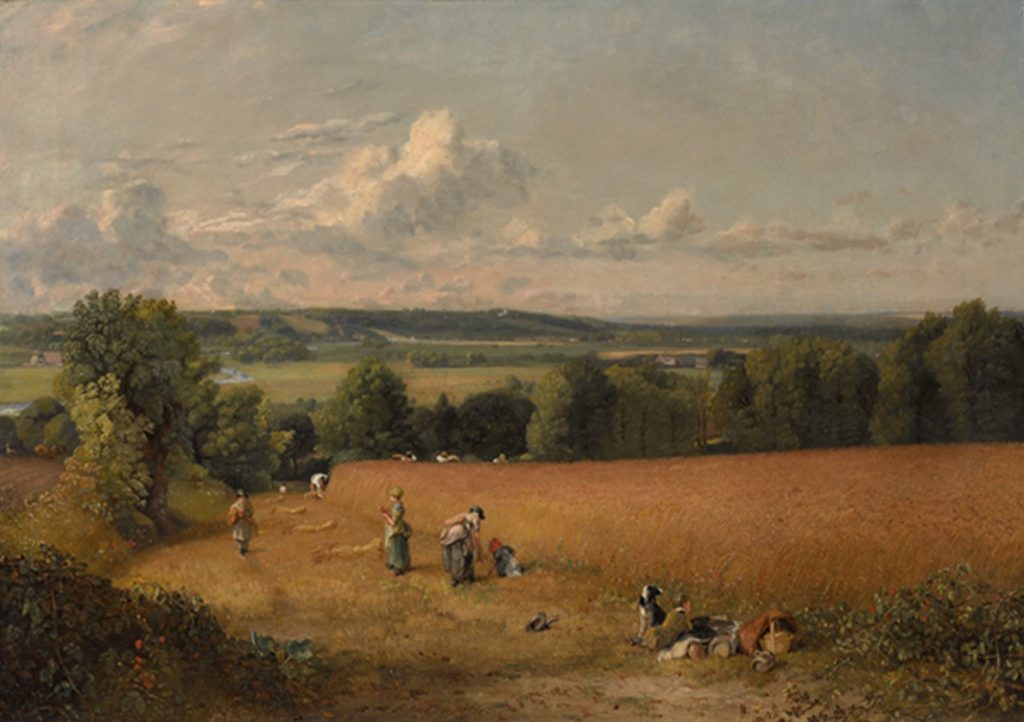
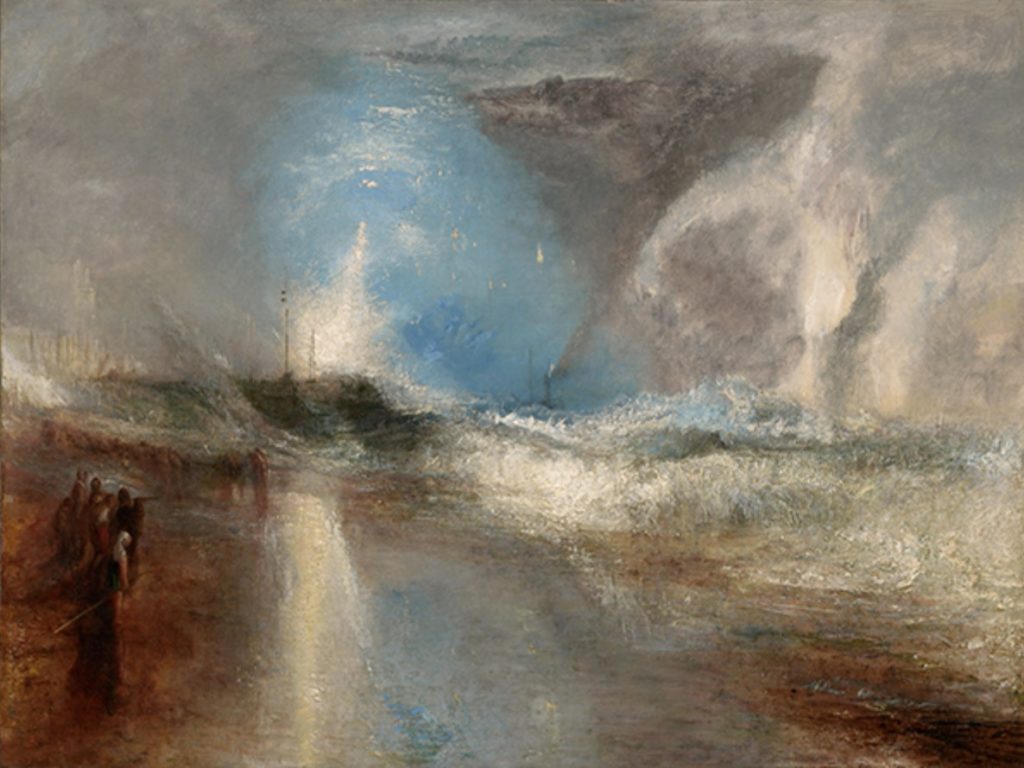
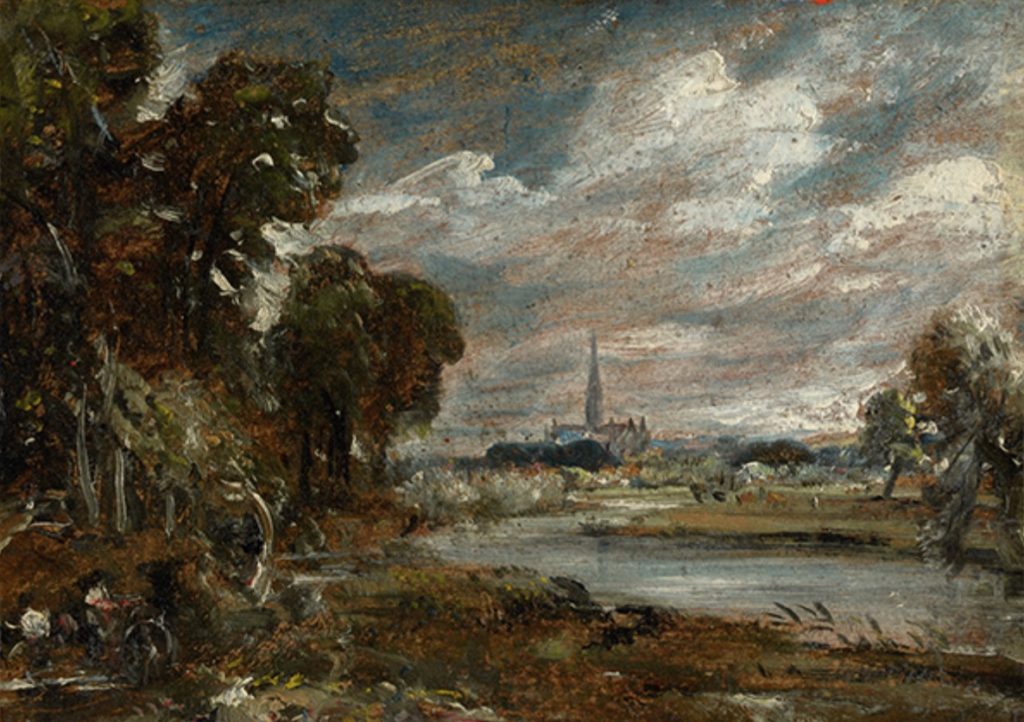
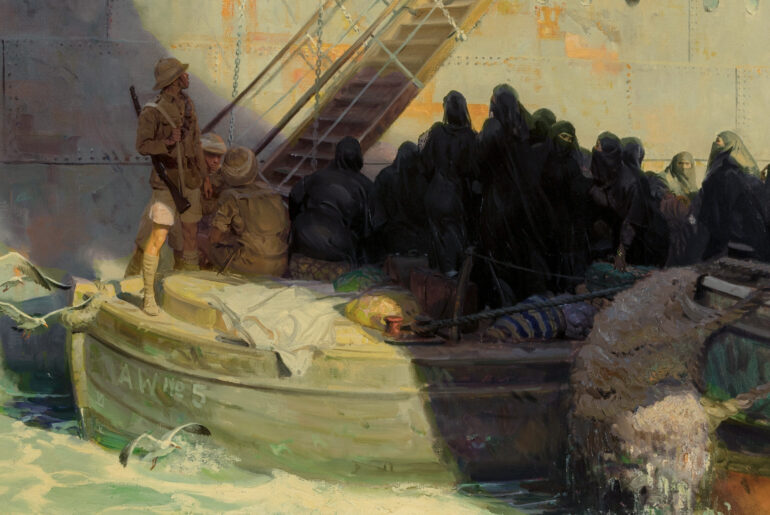
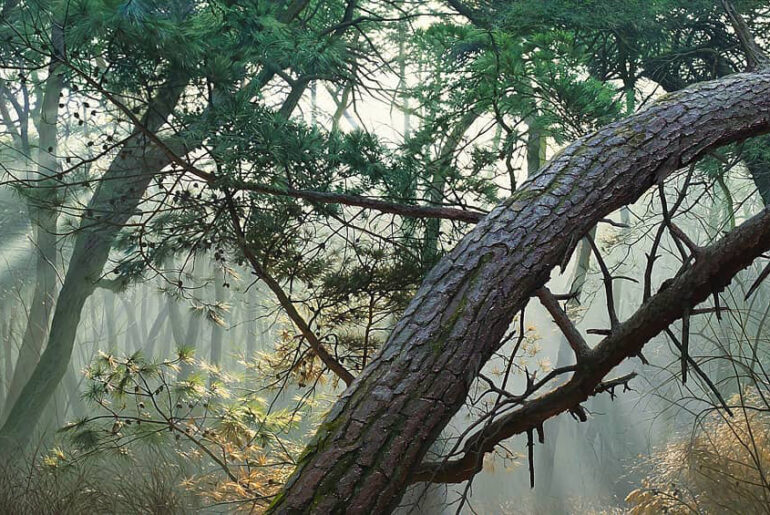
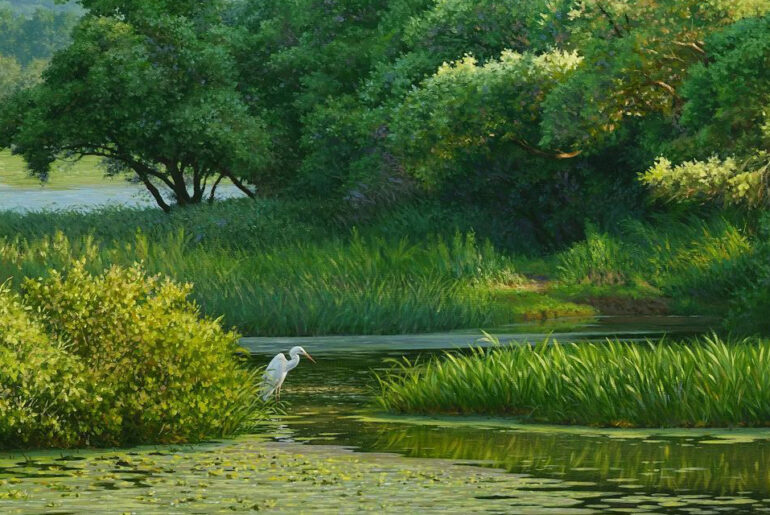
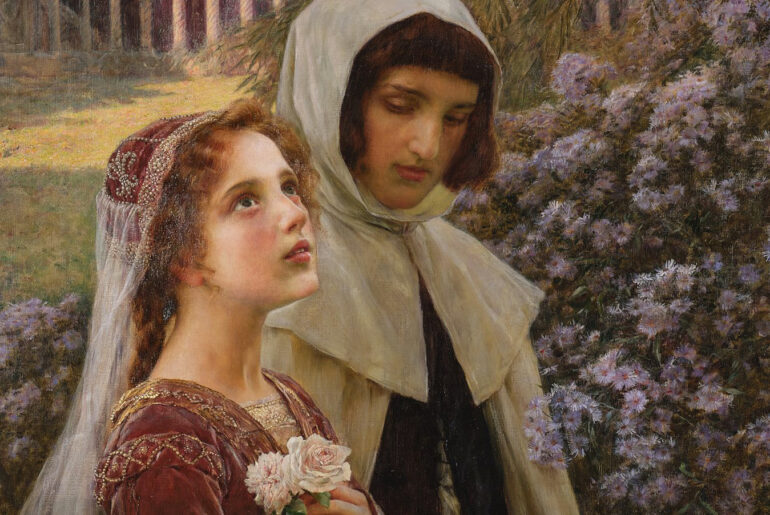
Where: The Clark Art Institute, Williamstown (MA)
When: December 15, 2018 � March 20, 2019
The Clark Art Institute